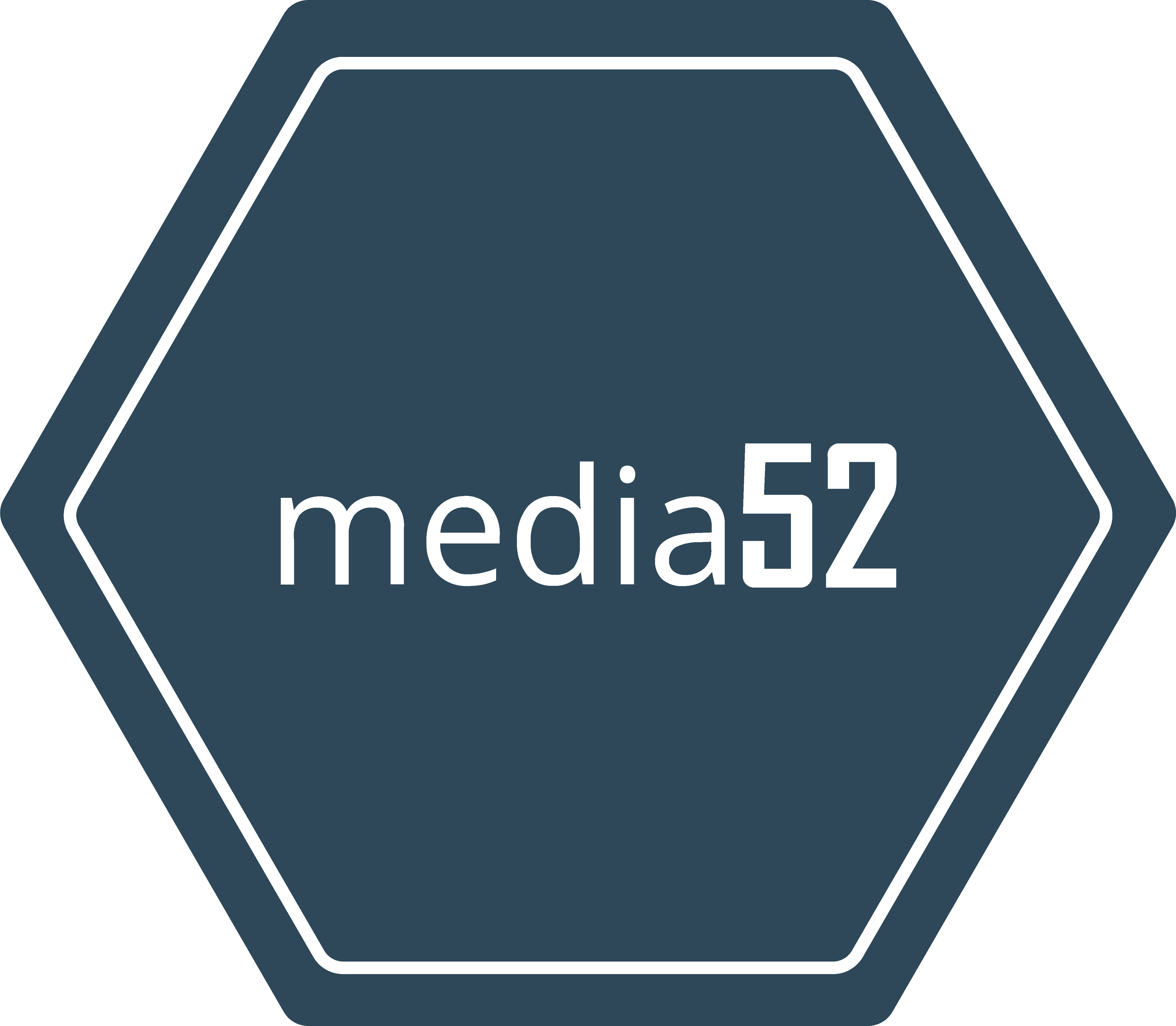Breakthrough in Miniaturizing Tunable Lasers at Eindhoven University of Technology

Eindhoven, Saturday, 22 March 2025.
Eindhoven University of Technology advances tunable laser technology, enhancing photonics and semiconductor applications by improving miniaturization and scalability, impacting academia and industry in the Netherlands.
Revolutionary Advances in Photonic Integration
Researchers at Eindhoven University of Technology (TU/e) are making significant strides in miniaturizing tunable laser technology, with potential to transform multiple industries. Led by postdoctoral researcher Stefano Tondini and doctoral candidate Lyuben Davidov, the team is developing integrated photonic circuits that operate at wavelengths of 1300 and 1550 nanometers [1]. This innovation comes at a crucial time, as information technologies are projected to consume more than 10% of global electricity, making energy-efficient photonic solutions increasingly vital [2].
Technical Breakthrough and Applications
The research team has achieved a remarkable advancement in tunable filter technology, enabling operation at frequencies up to 50 MHz while maintaining high precision [1]. This represents a significant improvement over traditional Fourier-Domain Mode-Locked (FDML) lasers, which are limited by bulky components and slower tuning speeds. The technology has immediate applications in Optical Coherence Tomography (OCT), LIDAR systems, and environmental spectroscopy [1]. Working in collaboration with industry partners like Smart Photonics, the team aims to create safer and more efficient systems optimized for various industrial and medical applications [1].
Integration with Quantum Technology
The research is being conducted within the framework of the Eindhoven Hendrik Casimir Institute (EHCI), which integrates photonics, electronics, and quantum technology [3]. This institutional support enables the development of sustainable computing and communication technologies, with the ultimate goal of creating more energy-efficient data transmission systems [2]. The institute’s approach combines fundamental research with practical applications, positioning TU/e at the forefront of photonic innovation [3].
Future Prospects and Industry Impact
The future of this technology appears promising, with researchers focusing on expanding the tuning range to 50 nanometers or more while maintaining high-speed performance [1]. This development could revolutionize multiple sectors, from biomedical diagnostics to telecommunications. As stated by Stefano Tondini, the impact will be further amplified when electronics and photonics can be seamlessly integrated on a single chip, overcoming current limitations in bandwidth, latency, and power consumption [1].

